When does a fabric swatch fetch £8,750? When it’s by Omega Workshops
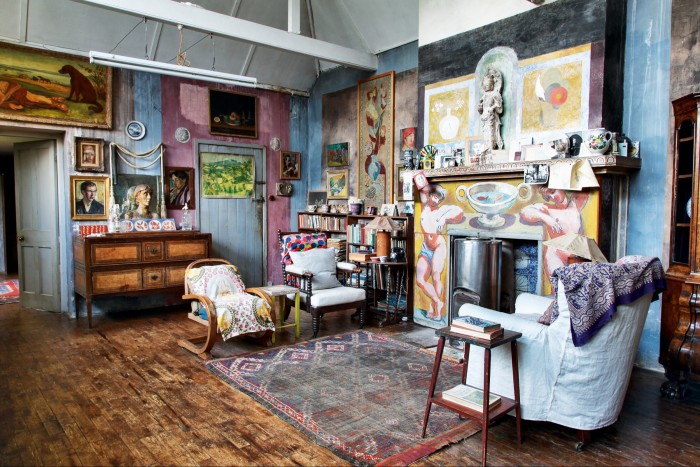
Roula Khalaf, Editor of the FT, selects her favourite stories in this weekly newsletter.
In the coolly minimal concrete-and-glass home of Dior Homme artistic director (and as of this month the director of Fendi women) Kim Jones, decorative objets abound. Among his most treasured items are those by Omega Workshops, the London furniture-making outfit founded in 1913 by artist and critic Roger Fry alongside the painters and Bloomsbury Group members Vanessa Bell (Virginia Woolf’s sister) and Duncan Grant. “My favourite piece is a Roger Fry screen, which Bryan Ferry introduced me to,” says Jones. “It’s in the hallway; it warms up the space.”
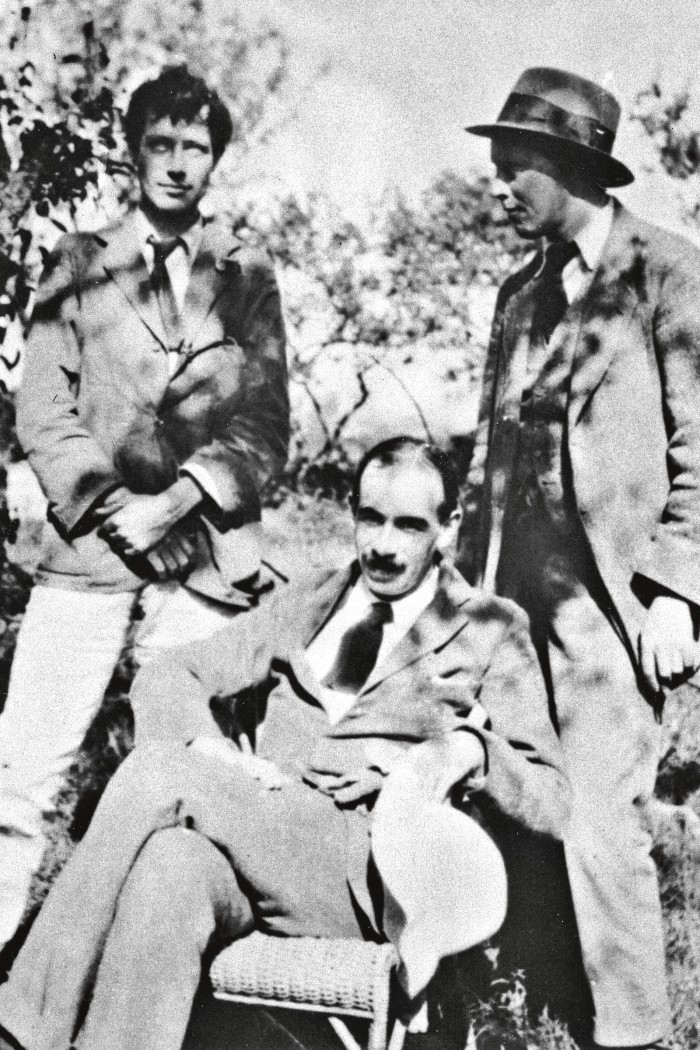
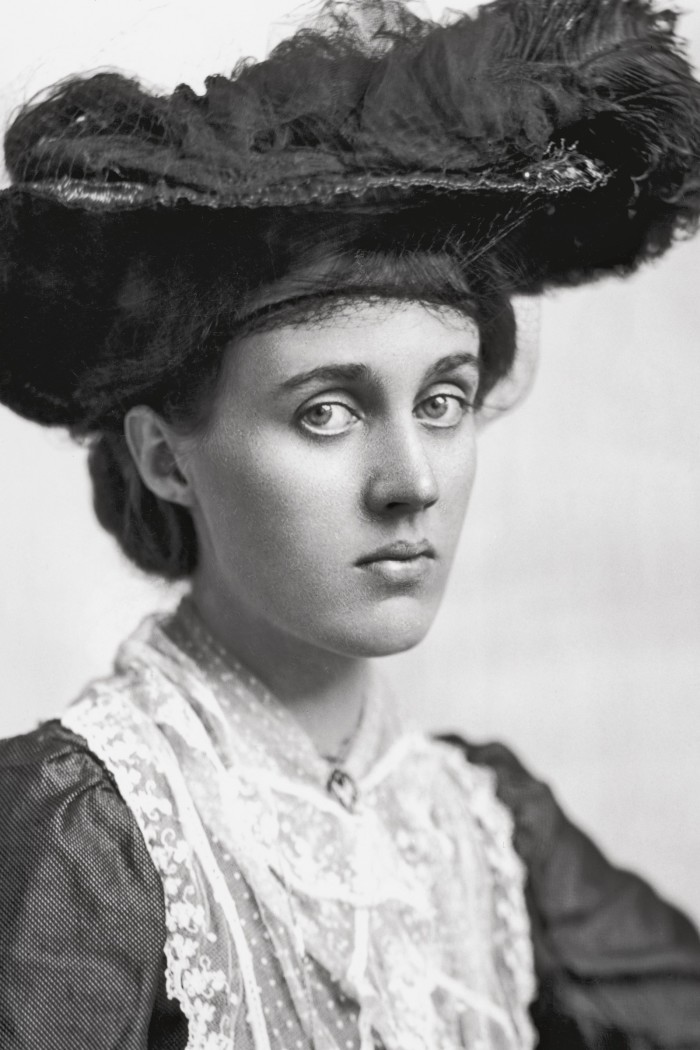
For Jones, the appeal is twofold: it’s the rarity of the work as well as “the romance of the group”. Omega’s furniture and accessories were decadently colourful and individualistic – as were its founders’ lifestyles. Writer Dorothy Parker quipped that the Bloomsbury set “lived in squares, painted in circles and loved in triangles”. The same is true of Omega; Bell was Fry’s lover, then later moved with Grant to Charleston house in Sussex – which would become the group’s rural retreat.
“I love how they lived, worked, wrote, painted and created families with very few boundaries between those elements,” says decorative artist Tess Newall, who was the art director of 2018 Bloomsbury biopic Vita and Virginia and recently launched a range of handpainted chairs with furniture company Ceraudo, inspired by Omega Workshops. “I love the broadness of their work. Candlesticks, book covers, fabrics, furniture – they created a whole world.”
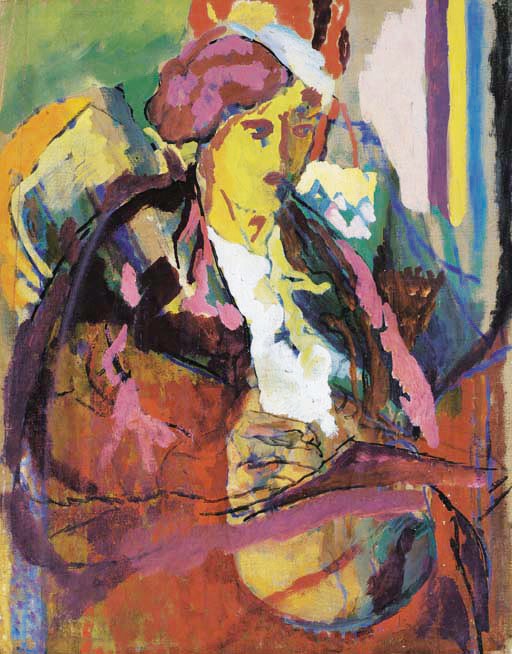
Their unfettered artistic output did not, however, bring commercial success and Omega ceased production after only six years. In her 1940 biography of Roger Fry, Woolf wrote: “So the Omega Workshops closed down. The shades of the post-impressionists have gone to join the other shades; no trace of them is now to be seen in Fitzroy Square... If one of those broad deep plates is broken, or an accident befalls a blue dish, all the shops in London may be searched in vain for its fellow.”
But search Omega aficionados certainly do. For serious collectors, the hunt is part of the appeal. “We can easily go several years without seeing a good piece,” says Jeremy Morrison, European head of design at Christie’s. In 2018, the house sold a gramophone cabinet painted by Grant – and owned by economist John Maynard Keynes – for £62,500; a chest of drawers painted by Fry went for £32,500 in 2013. “These pieces aren’t only appealing to Omega collectors,” says Morrison. “They have a story and a soul.”
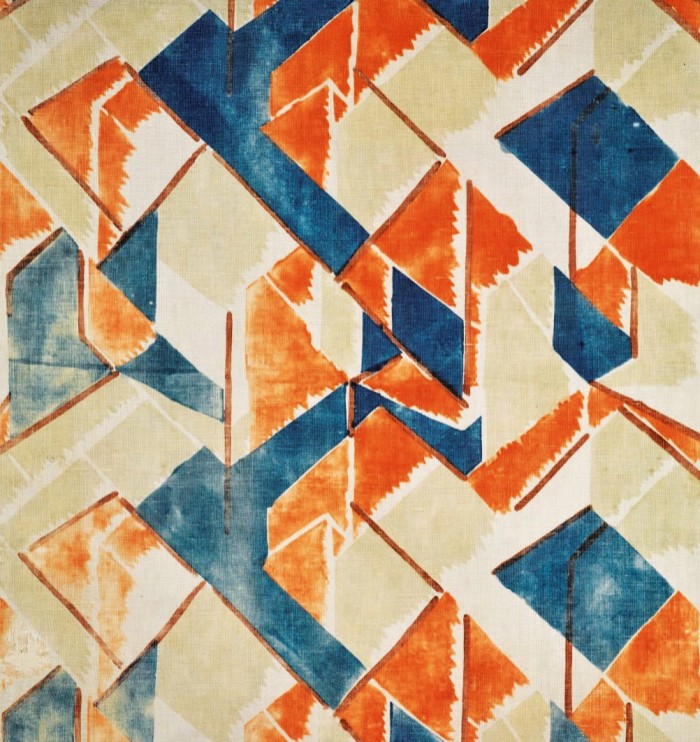
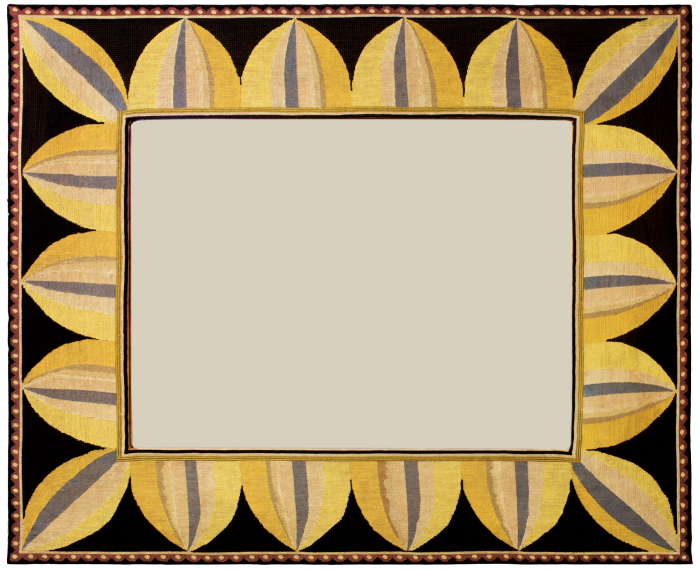
Curator and dealer David Herbert has been smitten since seeing Grant’s lily-pond painted table and chairs, and a pair of pyjamas by Bell, at the Art Gallery of South Australia. “I was galvanised by the novel use of vivid colour, and profoundly moved in a way I had never experienced before,” he says. “It was never enough to see these pieces in books and museums; I wanted to live with them.”
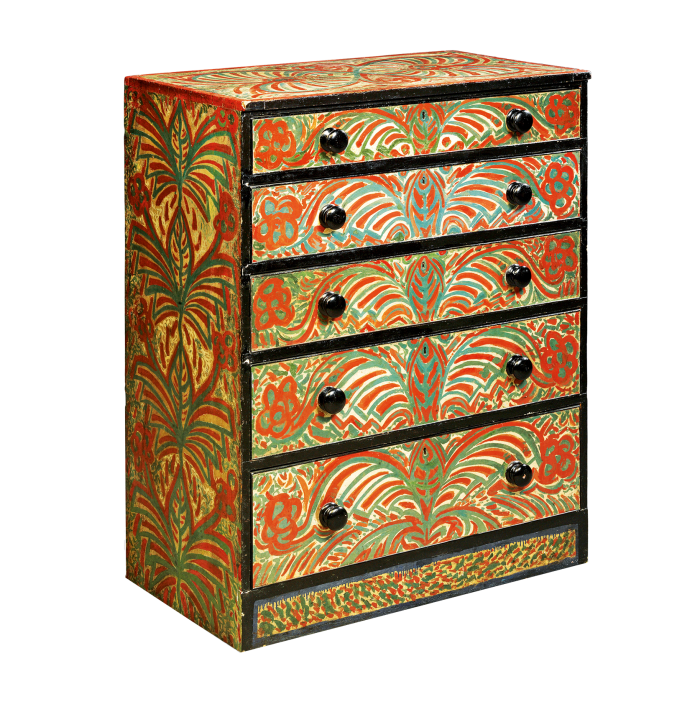
An early purchase was a two-handled turquoise bowl, for which Herbert paid around £900 at auction in 2005. He was recently offered £4,500 for the vessel; he didn’t sell. “It never fails to give me goosebumps when I pick it up,” he says. The reaction is similar when he sits on one of his 12 Omega dining-room chairs – “Excessive, I know, but thrilling.” Nowadays, he spends more time sourcing items for other collectors. His advice is to sign up for alerts from Bonhams, Christie’s and Sotheby’s. But bargains can be found in unexpected places, he adds, recalling the time he picked up an Omega lamp base for €50 from a German flea market. A similar lamp sold at Christie’s in 2000 for more than £4,000.
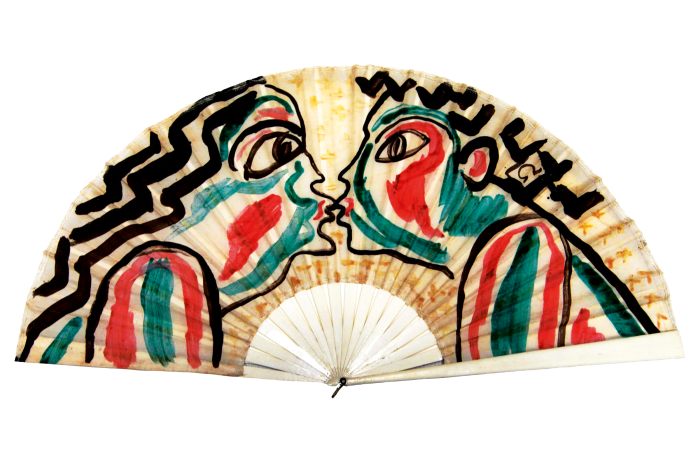
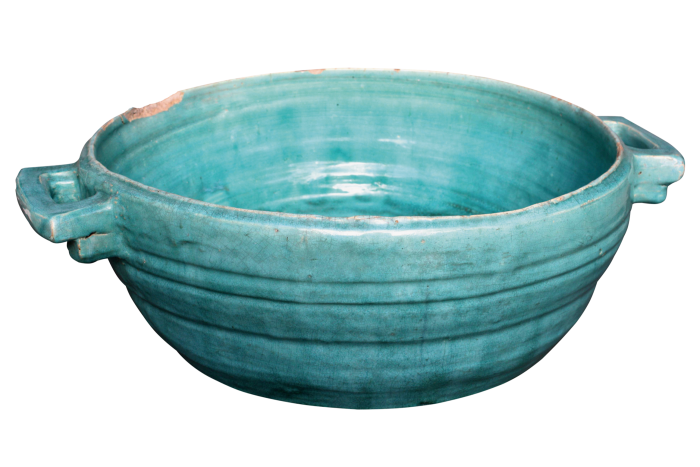
The designs aren’t signed but are marked with the Greek letter omega. Many were made in limited numbers, such as a ceramic cat by collaborator Henri Gaudier-Brzeska. “The last one I saw sold at Christie’s in 2008 for £22,500,” says Herbert, who bought another rarity, a handpainted silk fan attributed to Grant, at Bonhams in 2012 for £1,800. “There is a similar one in the V&A; it’s now worth in excess of £5,000.”
WHERE TO BUY
Bonhams, bonhams.com
David Herbert, The Little Gallery; thelittlegallery.uk
Christie’s, christies.com
Piano Nobile, piano-nobile.com
Sotheby’s, sothebys.com
WHERE TO SEE
Charleston house is closed for the foreseeable future following the Covid-19 pandemic and has launched an emergency appeal. Donate via charleston.org.uk
V&A Museum, Cromwell Road, London SW7 (vam.ac.uk)
WHAT TO READ
Charleston: A Bloomsbury House and Gardens by Quentin Bell and Virginia Nicholson
Spurred on by a spate of exhibitions – including Post Impressionist Living at Charleston and Modern Couples at the Barbican – interest in Omega has intensified. When a piece of Bell’s Maud design fabric – less than a metre square – was offered at Sotheby’s in March it had an estimate of £600-£800; it sold for £8,750. Omega’s reach is also increasingly global, says Robert Travers, executive chair of London’s Piano Nobile gallery, who has loaned pieces to Artipelag gallery in Gustavsberg, Sweden, and the Institut Valencià d’Art Modern in Spain. The latter’s request included Vanessa Bell’s collage of Molly McCarthy, which Travers handled for an asking price of £300,000. Other recent sales include a design for a fire screen and a cross-stitch decorated mirror, both by Grant. They sold for £95,000 and £120,000 respectively, says Travers. “For works that are traditionally considered craft to achieve those sorts of prices is exceptional. But then, so too are the works.”
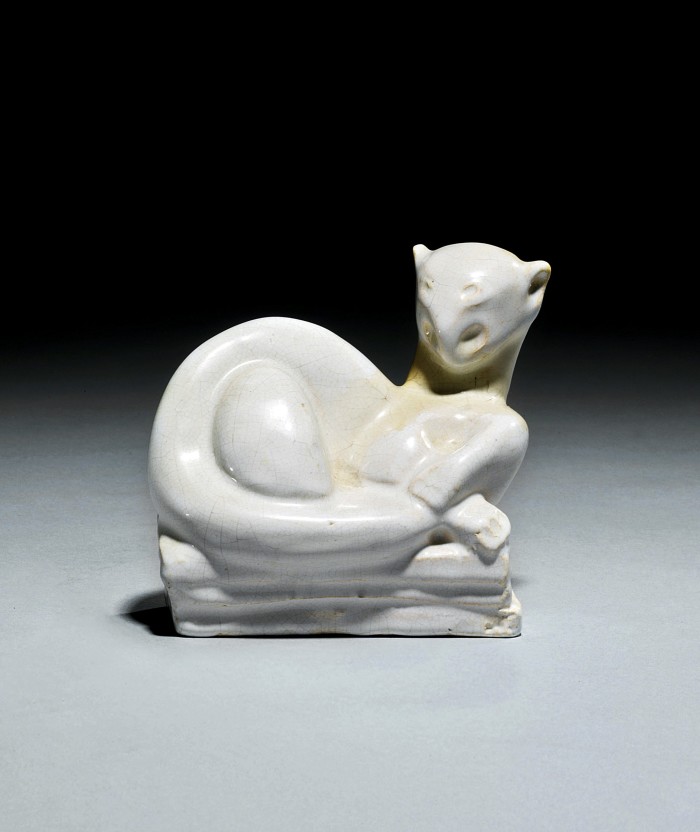
Comments